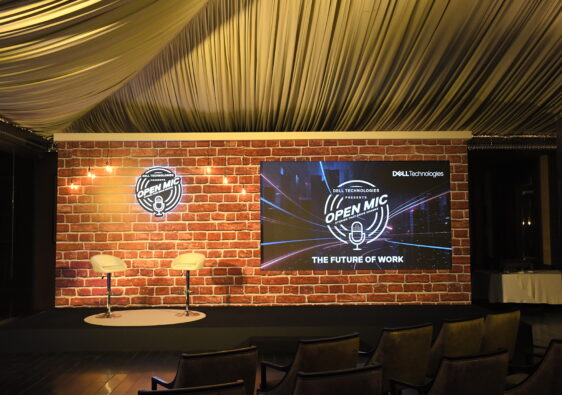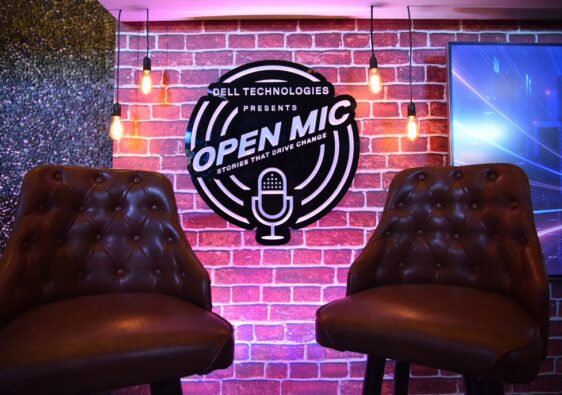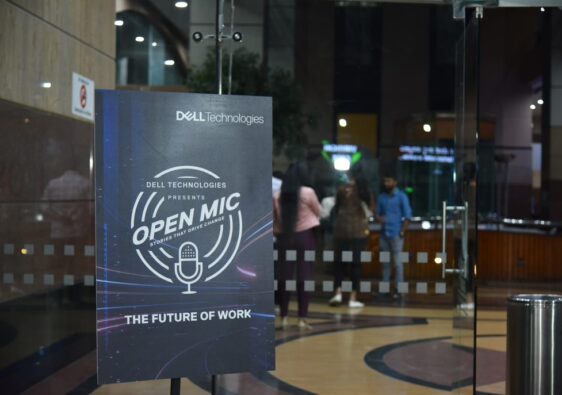We are reaching an inflection point. Manufacturing is increasingly getting digital.
With the new ‘digital twin’, it is now possible to have complete control on complex manufacturing processes remotely. As a result, organizations are better placed to detect physical issues on the factory floor, predict outcomes more accurately, and plan better production outcomes.
Pharmaceutical manufacturing is daunting and extremely mission-critical. Accomplishing digital twin in pharmaceutical manufacturing provides significant value for the organization, including enhanced operations, minimal disruptions, better business value, and better time to market.
The Dell CIO Open Mic – Stories that Drive Change – is a unique forum from Dell Technologies that fosters conversations around the CIO changemakers shaping the new tech-driven workplace. I have been grateful to have been associated with this forum as a storyteller, enabling conversations with CIO Changemakers. Through the Dell CIO Open Mic forum, the CIO Changemakers have shared their vision, their purpose, and their perspectives on the new tech-driven workplace with me and the CIO community.
Meet Ravi Kalla, Head – Information Technology (IT) & Process Automation (OT) at Anthem Biosciences Private Limited, a leading contract research and innovation service provider (CRISP) for drug and new products development and manufacture, with equal emphasis on biological and chemistry based products and services.
The notes below are from the Dell Open Mic ‘Future of Work’ where Ravi and myself engaged in a conversation around the role of technology, innovations spearheaded by Ravi, and perspectives around the future hybrid work world.
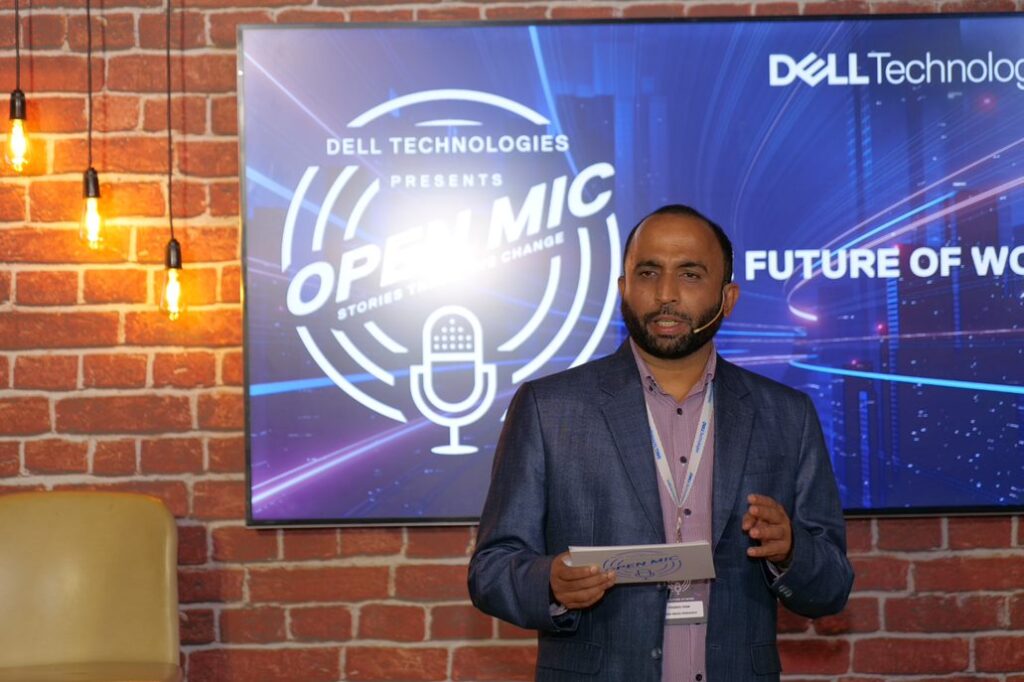
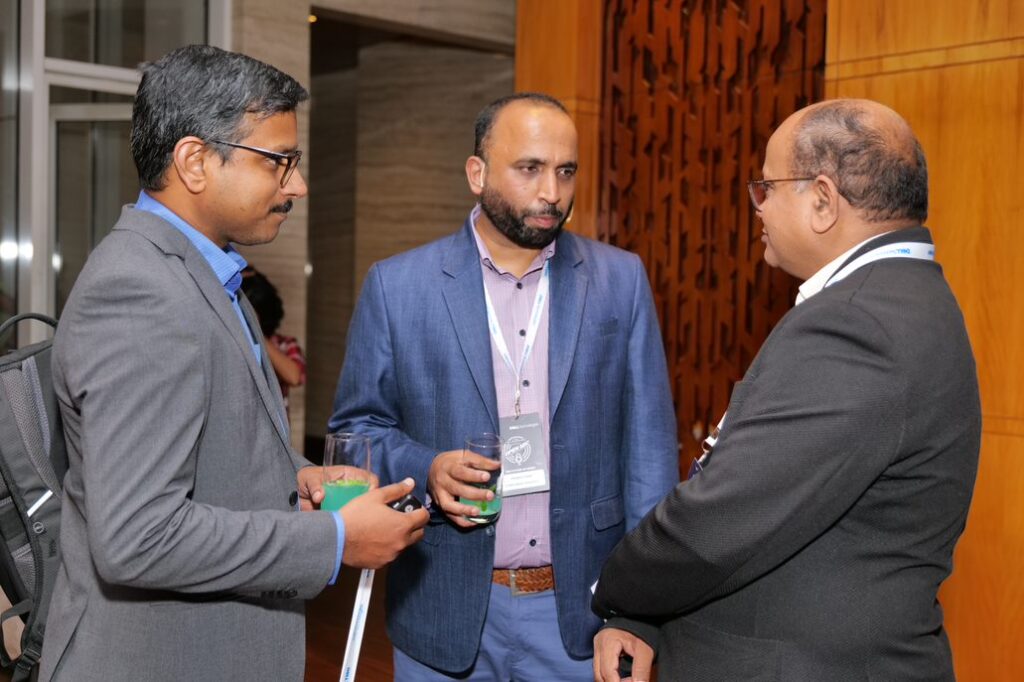
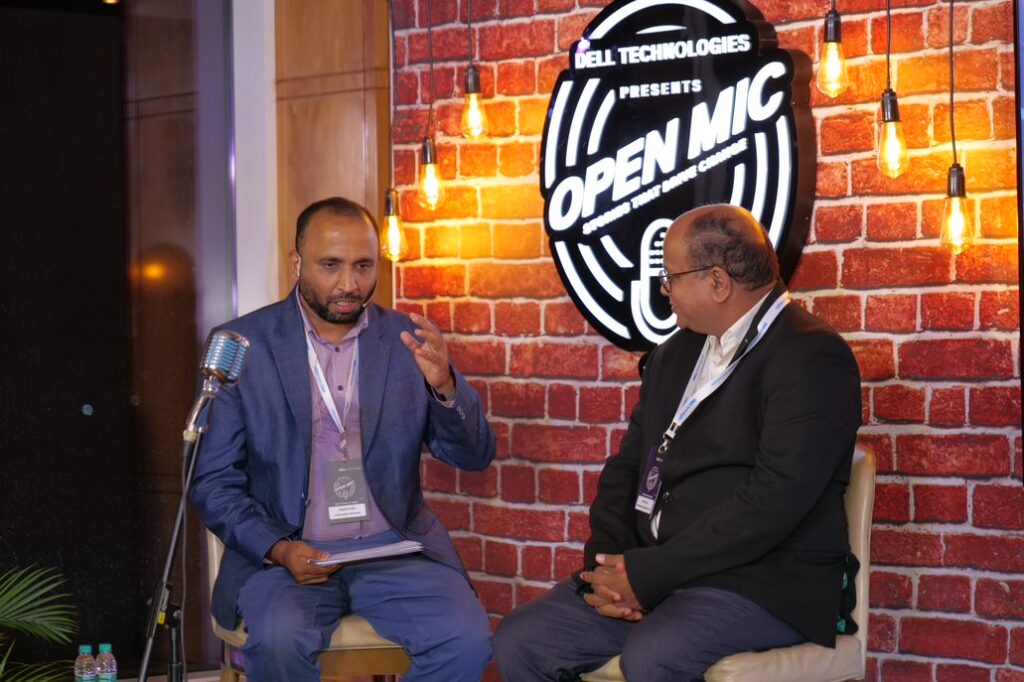
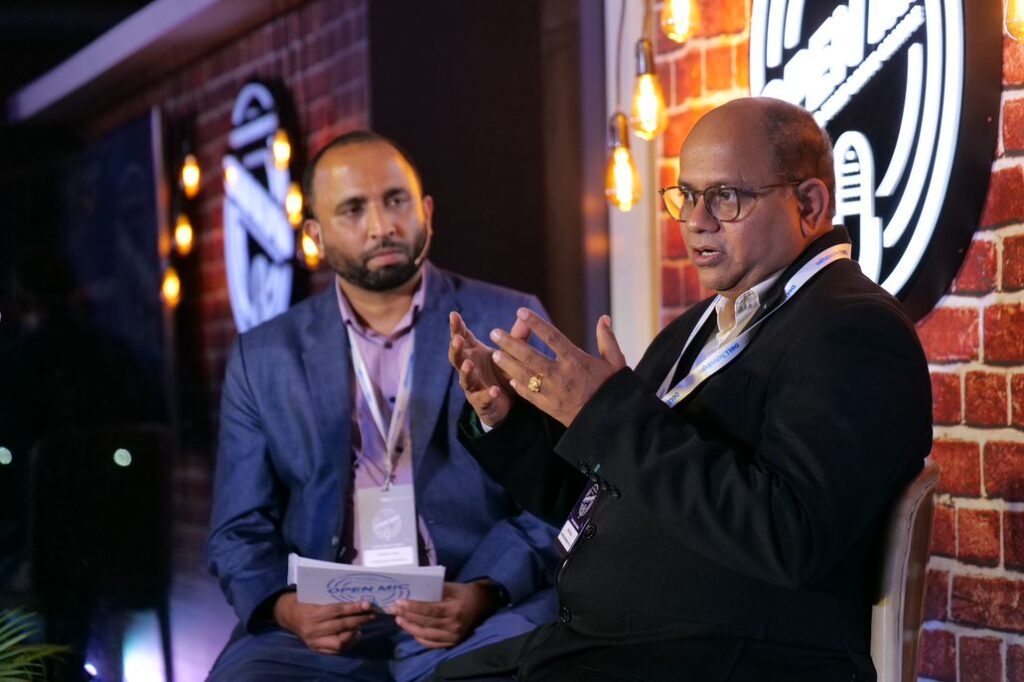
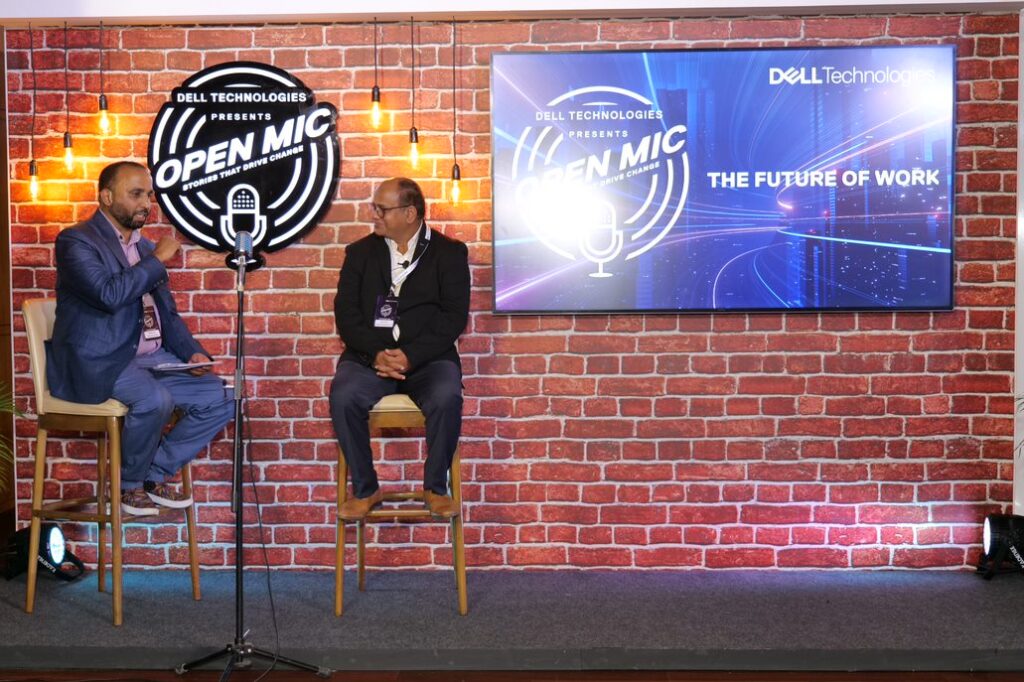
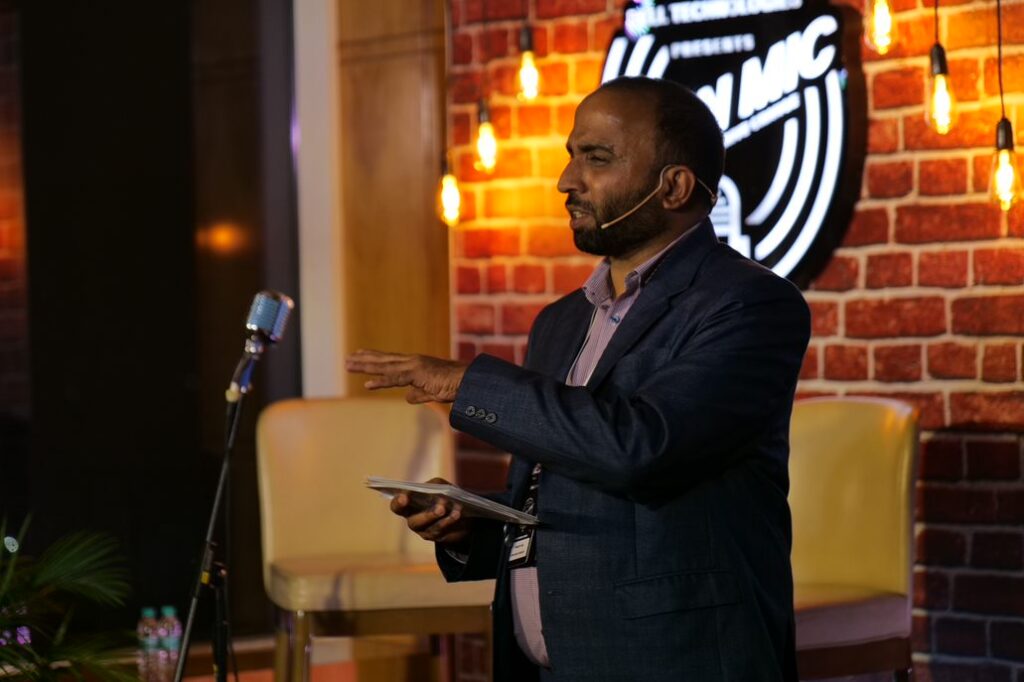
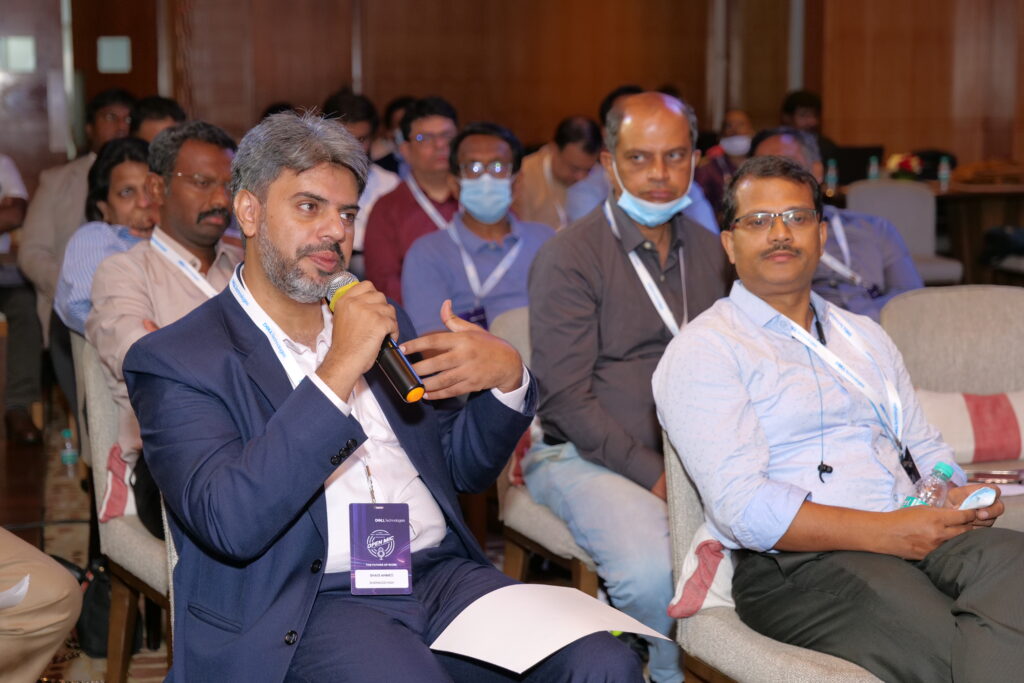
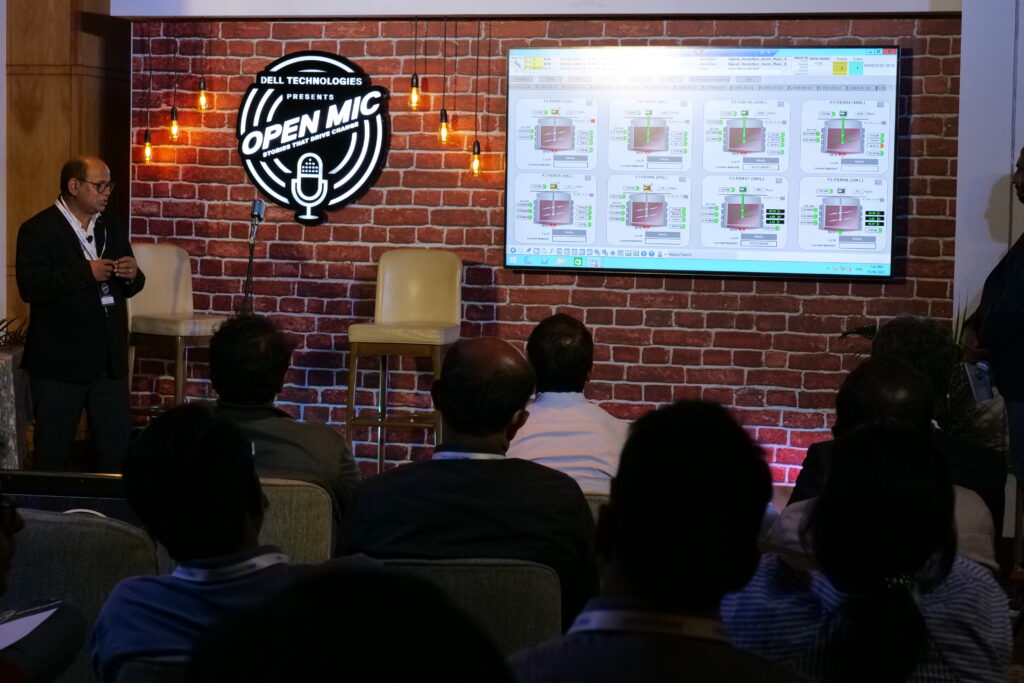
At Anthem Biosciences, Ravi has been spearheading and pioneering digital transformation for a significantly long time now. The company’s digital transformation journey started way back in 2010. All of this has finally led to adoption of digital twins in pharmaceutical manufacturing at Anthem. In the midst of the pandemic, these technological transformations enabled much better transition to remote work culture, and significant jump in productivity.
Driven by significant cost efficiencies and enhanced technological capabilities, CIO changemakers such as Ravi Kalla have been able to effectively combine and leverage the power of information technology (IT) and operations technology (OT) to enable digital twin in their manufacturing plant operations.
The digital twin has provided Anthem with a complete digital footprint of their entire manufacturing system including drugs from early development through the end of the product life cycle. In doing so, Anthem has challenged conventional thinking in pharmaceutical sector.
With a strong integrated technology-enabled system in place, Anthem has been able to bring together manufacturing of APIs, biologics, and systems responsible for fermentation and building management.
The manufacturing set-up in a pharmaceutical plant typically comprises of process equipment utilities such as reactors, dryers, hydrogenators, bioreactors and fermenters, amongst others. On top of these are multiple programmable logic controllers (PLCs) as well as SCADA systems. These are distributed across the manufacturing plant. They traditionally operate in silos, and functionally together.
In a mission-critical drug manufacturing set-up, all of this translates into complex integrations, operations, and customizations. In the backdrop of a pandemic, and the absence of dedicated work personnel, efficient operations as well as ongoing maintenance becomes a challenge. All of this makes business continuity challenging.
What does this translate to? Extended downtimes can lead to significant losses in terms of drug deliveries and consequently, revenue.
Benefits realized from Digital Twin at Anthem Biosciences
The digital twin at Anthem Biosciences has enabled the Anthem Biosciences workforce to operate and monitor critical drug production value chain remotely. In particular, the workforce has been able to monitor all key parameters remotely, reducing cycle time to analyze potential issues and ensuring corrective actions. This is made possible by multiple sensors distributed throughout the physical manufacturing process. They together capture a multitude of data, across diverse aspects, and continuously communicate to the digital twin application. This, in turn, provides an unprecedented real-time visibility of the processes and all touchpoints to workforce.
For the company, the technological interventions have ensured significantly reduced time, more optimized CAPEX and OPEX investments, increased availability and business continuity even in the midst of the pandemic.
Apart from ensuring effective decision-making for predictive manufacturing, this has enabled compliance with regulations and norms laid down by US FDA and other regulatory bodies more smoother and more efficient.
Going forward, Anthem Biosciences is working towards ensuring digital quality in the laboratories.
How is Dell Technologies enabling CIO Changemakers and the modern workplace?
In the new hybrid world, the digital-ready enterprise is one that ensures great and personalized user experiences for their employees, lead to strong digital transformation, as well as adoption of new digital tools for collaboration and productivity.
At Dell Technologies, the focus has been on workforce transformation. The Dell approach focuses on:
- Providing the right IT tools and devices, based on the nature of the user, alongwith built-in intelligence, security and privacy features
- Enhancing user productivity with a layer of software and services
- Accelerating workplace modernization with automation, insights as well as enhanced user experiences.
In addition to the devices, Dell focuses on delivering solutions that enable secure and productive work from anywhere.
In Conclusion
Reimagining the future of work is a daunting challenge. I believe organizations should aim at the following to prepare for the Hybrid Work era.
- Build a strong enabling IT framework. The key to ensuring a thriving hybrid digital workplace starts with equipping the team with the right IT tools, including client devices, IT support services, and supported by bandwidth optimization, among others.
- Enable strong and empathic human-centric work environment. Human experience is at the core of the digital workplace. Organizations should devise strategies to align and prepare its workforce for the complexities of the new normal. The new digital work environment should support employees with their well-being and with technological tools that are personalized to suit their needs.
- Support with digital fluency. Most importantly, organizations should equip the workforce across all levels to be digitally fluent through skilling, re-skilling and up-skilling programs. Personalized learning pathways would enable the teams to prepare for, not just the new normal, but any future outlier events.
